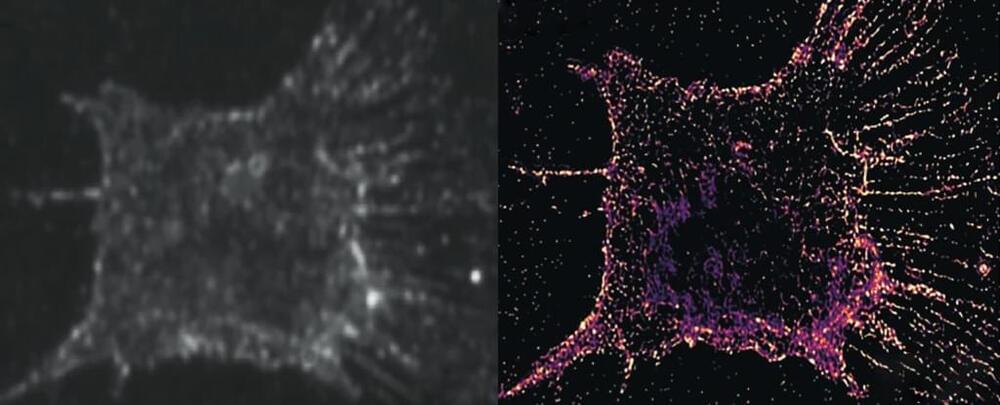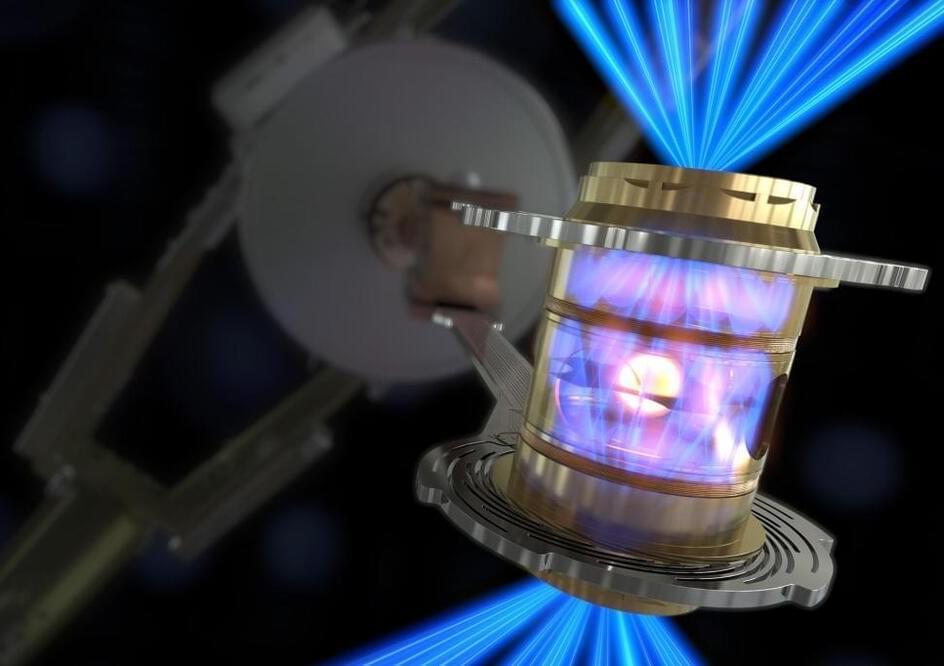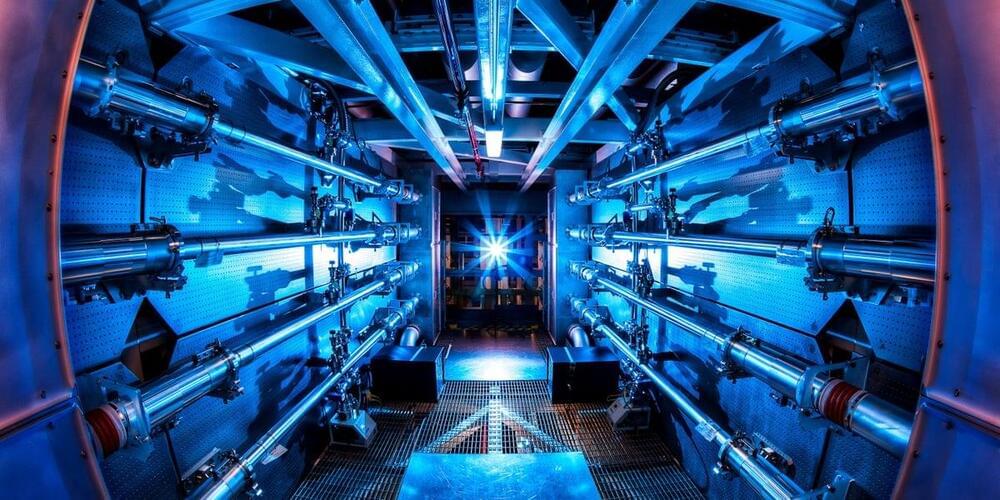Organizations are building resilient supply chains with a “phygital” approach, a blend of digital and physical tools. In recent years, the global supply chain has been disrupted due to the covid-19 pandemic, geopolitical volatility, overwhelmed legacy systems, and labor shortages. The National Association of Manufacturers (NAM), an industrial advocacy group, warns the disruption isn’t over— NAM’s spring 2023 survey found 90% of respondents saw significant (52.5%) or partial (39%) supply chain disruption during the past two years. Just 0.5% of respondents reported no disruption at all. Digitization presents an opportunity to overcome supply chain disruption by making data flow more efficiently, using technology and data standards to break barriers between disparate systems.
“Phygital merges two worlds together, where standards provide an interoperable system of defined data structures,” says Melanie Nuce-Hilton, senior vice president of innovation and partnerships at GS1 US, a member of GS1, a global not-for-profit supply chain standards organization. “The approach is intended to deliver multiple benefits—improved supply chain visibility for traceability and inventory management, better customer experiences across online and offline interactions, and the potential for better circularity and waste reduction by maintaining linkages between products and their data throughout their lifecycle,” she says.








